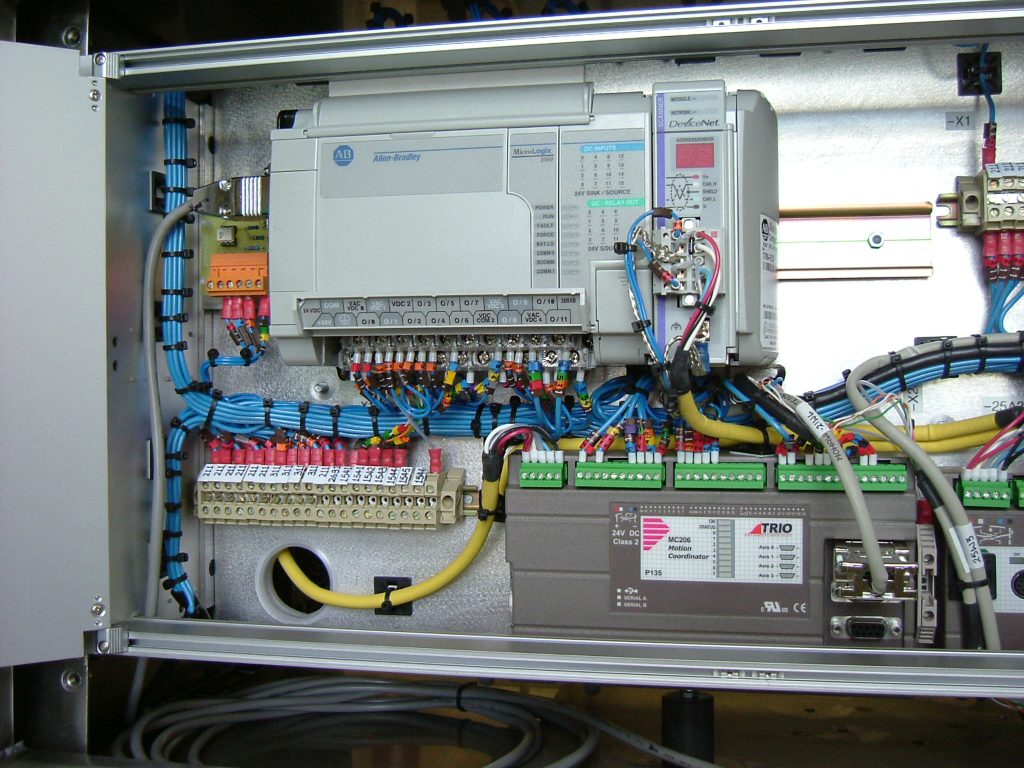
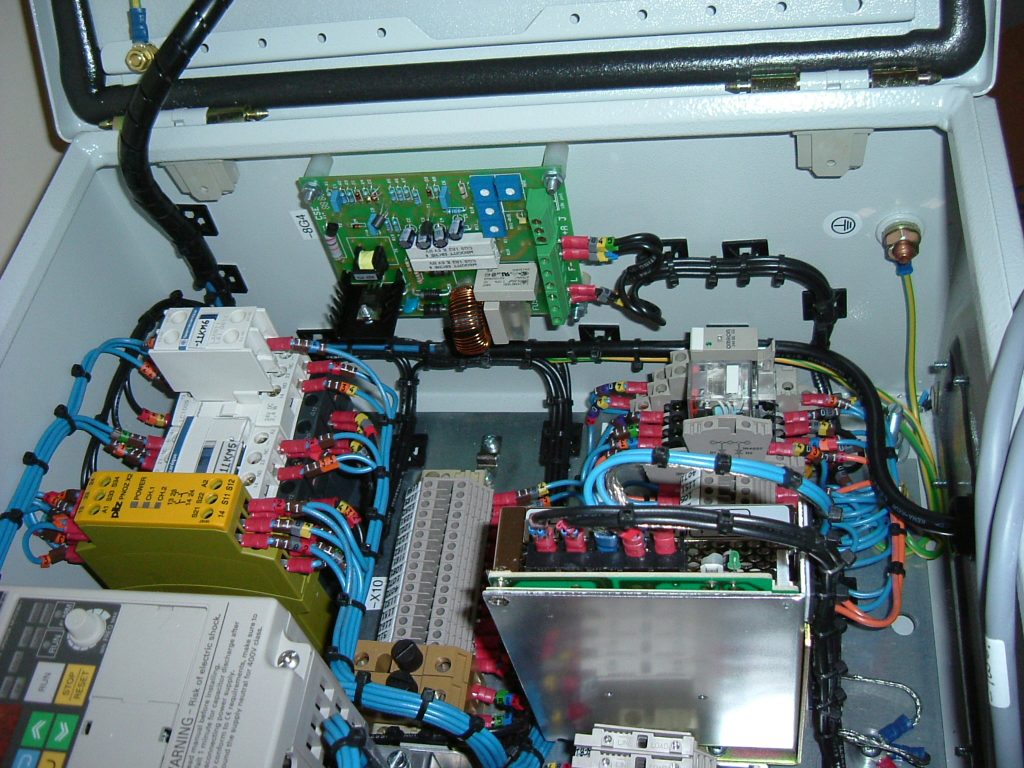

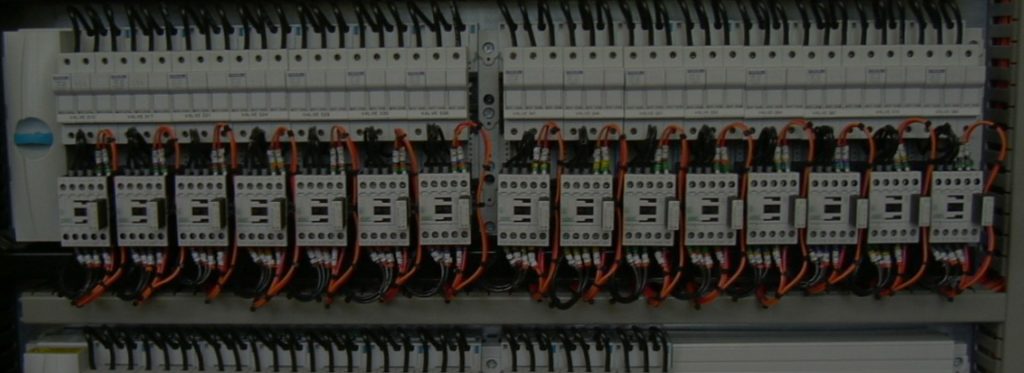
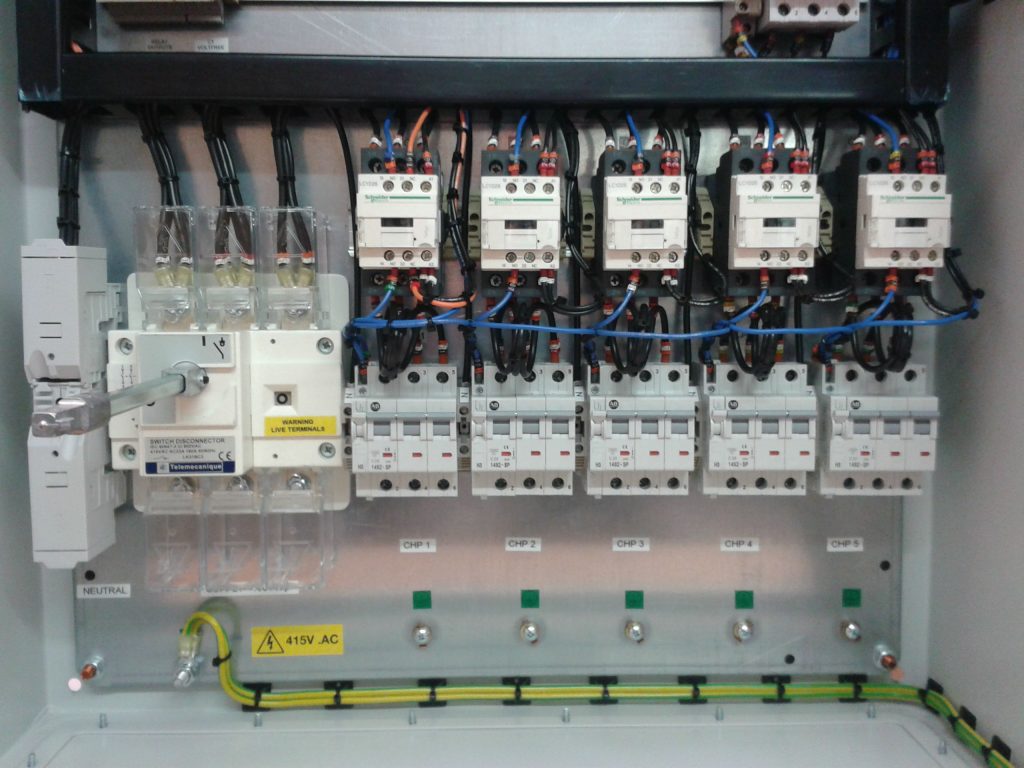
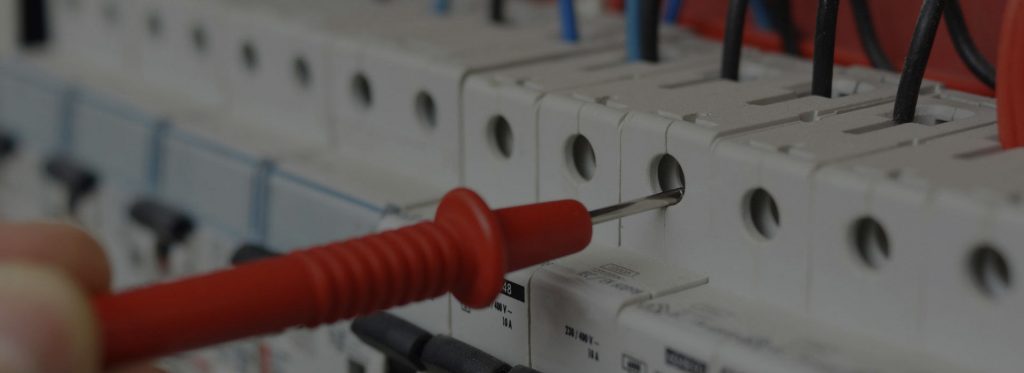
Control panel manufacturing involves the design, assembly, and fabrication of electrical or electronic control panels used to monitor and manage various processes and systems in industrial, commercial, and residential settings. These panels are integral to the operation of machinery, equipment, and systems by providing a centralised interface for operators and engineers to control, monitor, and troubleshoot different components.
The process of control panel manufacturing typically involves several key steps:
1. Design and Engineering: The process begins with the design phase. Engineers and designers work closely with clients or end-users to understand the specific requirements of the control panel. This includes determining the types of components needed (switches, indicators, meters, PLCs, relays, etc.), the layout of the panel, and the overall functionality.
2. Component Selection: Based on the design specifications, appropriate electrical and electronic components are selected. These components are chosen for their compatibility, reliability, and adherence to industry standards and safety regulations.
3. Panel Fabrication: The physical assembly of the control panel takes place during this stage. A metal or non-metal enclosure is used to house the components securely. Wiring ducts or channels are installed to neatly organise and route the various wires and cables. Precision is crucial here to ensure that the components fit properly within the designated space and that the wiring is done correctly.
4. Wiring and Termination: Skilled technicians or electricians handle the wiring and termination of components within the control panel. This involves connecting the various electrical devices, such as switches, relays, circuit breakers, and indicators, using standardised wiring practices. Proper labelling and color-coding of wires are essential for ease of maintenance and troubleshooting.
5. Programming and Integration: For more advanced control panels, such as those used in industrial automation, programmable logic controllers (PLCs) or other digital controllers may be integrated. Engineers write the necessary software or logic to control the processes, and this programming is loaded onto the controllers.
6. Quality Control and Testing: Rigorous testing is conducted to ensure that the control panel functions as intended. This includes verifying proper wiring connections, testing the functionality of each component, and simulating various operational scenarios to ensure that the control panel responds correctly.
7. Documentation: Detailed documentation is created for the control panel, including wiring diagrams, component lists, schematics, operating manuals, and any relevant certifications. This documentation is essential for maintenance, repairs, and future modifications.
8. Installation and Commissioning: Once the control panel is manufactured and tested, it is installed at the intended location. Technicians ensure that the panel is integrated with the larger system it is meant to control. Commissioning involves a series of tests to confirm that the control panel effectively manages the processes or systems it’s connected to.
Control panel manufacturing is a specialised field that requires expertise in electrical engineering, electronics, and often programming. As technology advances, control panels are becoming more sophisticated, incorporating elements of automation, remote monitoring, and data analytics to optimise processes and increase efficiency, Euroservo has over 30 years experience and can meet all your project’s needs.
| Cookie | Duration | Description |
|---|---|---|
| cookielawinfo-checkbox-analytics | 11 months | This cookie is set by GDPR Cookie Consent plugin. The cookie is used to store the user consent for the cookies in the category "Analytics". |
| cookielawinfo-checkbox-functional | 11 months | The cookie is set by GDPR cookie consent to record the user consent for the cookies in the category "Functional". |
| cookielawinfo-checkbox-necessary | 11 months | This cookie is set by GDPR Cookie Consent plugin. The cookies is used to store the user consent for the cookies in the category "Necessary". |
| cookielawinfo-checkbox-others | 11 months | This cookie is set by GDPR Cookie Consent plugin. The cookie is used to store the user consent for the cookies in the category "Other. |
| cookielawinfo-checkbox-performance | 11 months | This cookie is set by GDPR Cookie Consent plugin. The cookie is used to store the user consent for the cookies in the category "Performance". |
| viewed_cookie_policy | 11 months | The cookie is set by the GDPR Cookie Consent plugin and is used to store whether or not user has consented to the use of cookies. It does not store any personal data. |